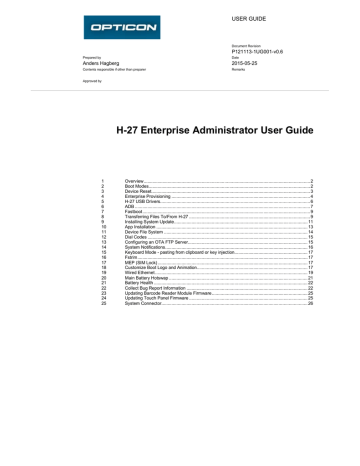
3G (UMTS): Layer 3 and upwards (RRC/.).2.5G (GPRS and EDGE): Layer 2 and upwards (MAC-RLC/.) for data acknowledgements.QCSuper allows you most often to capture on layer 3, as it is the most pratical to analyze using Wireshark, and is what the Diag protocol provides natively (and some interesting information is here). These protocols are put after a GSMTAP header, a standard header (encapsulated into UDP/IP) permitting to identify the protocol, and GSMTAP packets are put into a PCAP file that is fully analyzable using Wireshark.ĢG/3G/4G protocols can be broken into a few "layers": layer 1 is about the digital radio modulation and multiplexing, layer 2 handles stuff like fragmentation and acknowledgement, layer 3 is the proper signalling or user data. QCSuper supports capturing a handful of mobile radio protocols. You can then execute commands (which should start with qcsuper.py instead of. Still in your command prompt, move to the directory containing QCSuper using the cd command. Ubuntu currently provides a recent enough build for all versions. In order to open PCAP files produced by QCSuper, you can use any Wireshark 2.x for 2G/3G frames, but you need at least Wireshark 2.5.x for 4G frames (and 2.6.x for individual NAS messages decrypted out of 4G frames). In order to check for compatibility with your phone, look up the phone's model on a site like GSMArena and check whether it has a Qualcomm processor. To use it, your phone must be rooted or expose a diag service port over USB. QCSuper was tested and developed on Ubuntu 16.04, 18.04 and Windows 7.

Table of contentsīlog post/demo: Presenting QCSuper: a tool for capturing your 2G/3G/4G air traffic on Qualcomm-based phones You want support, or to report that you device works or does not work? You can open a Github issue. It uses the Qualcomm Diag protocol, also called QCDM or DM (Diagnostic Monitor) in order to communicate with your phone's baseband.


 0 kommentar(er)
0 kommentar(er)
